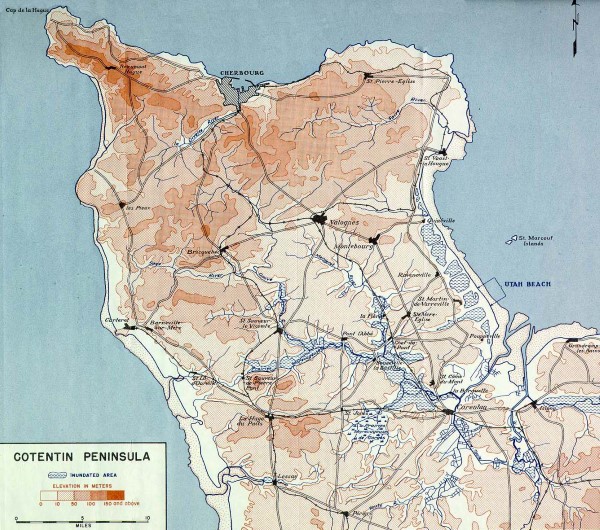Cherbourg-Octeville is a city and former commune situated at the northern end of the Cotentin peninsula in the northwestern French department of Manche.
Cherbourg-en-Cotentin is protected by Cherbourg Harbour, between La Hague and Val de Saire, and the city has been a strategic position over the centuries, disputed between the English and French. Cited as one of the “keys to the kingdom” by Vauban, it became, by colossal maritime development work, a first-rate military port under the leadership of Louis XVI and Napoleon, and holds an arsenal of the French Navy.
A stopping point for prestigious transatlantic liners in the first half of the 20th century, Cherbourg was the primary goal of US troops during the invasion of Normandy in 1944.
Along with its use as a military, fishing and yachting port, it is also a cross-Channel ferry port, with routes to the English ports of Poole and Portsmouth, the Irish port of Rosslare Harbour and St Helier on Jersey. Limited by its geographical isolation from being a great commercial port, it is nonetheless an important shipbuilding centre, and a working-class city with a rural hinterland. On Wednesday, 10 April 1912 the RMS Titanic crossed the English Channel and docked here at 7:00pm local time before raising anchor at 9:10pm local time and sailing to her final stop Queenstown, Ireland.
From 1847, the geographical and technical properties of the port of Cherbourg attracted shipping companies linking European ports to the east coast of the United States. At the end of the 1860s, the ships of the Royal Mail Steam Packet Company and the Hamburg America Line anchored in the harbour before crossing the Atlantic. After leaving Southampton, England, the RMS Titanic made its first stop at Cherbourg on 10 April 1912, during its maiden voyage, where an additional 274 passengers embarked. In 1913, Cherbourg received 500 ships and 70,000 passengers.
On 31 July 1909, tsar Nicholas II and French president Armand Fallières met officially in Cherbourg to reinforce the Franco-Russian Alliance.
During the First World War, traffic was completely suspended. Cherbourg became the place of arrival for equipment and the British and American troops, and for departure on leave and injuries. The military port experienced an increase in activity, and the garrison stationed at Cherbourg was reinforced. The port infrastructures were developed to receive coal and oil required for the conflict. Traffic doubled, reaching 600,000 tons in 1918.

